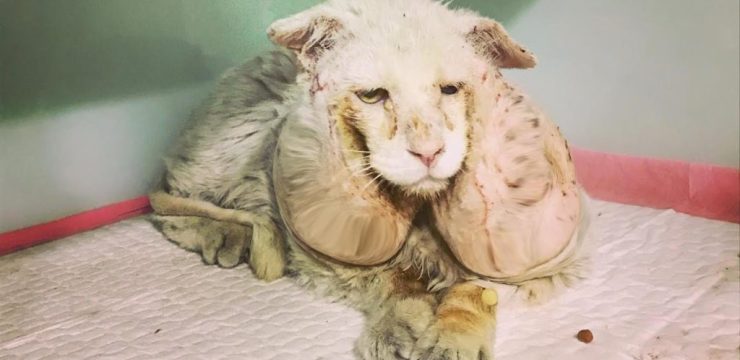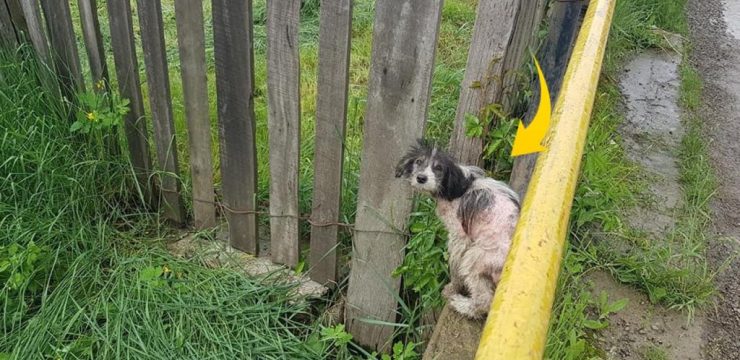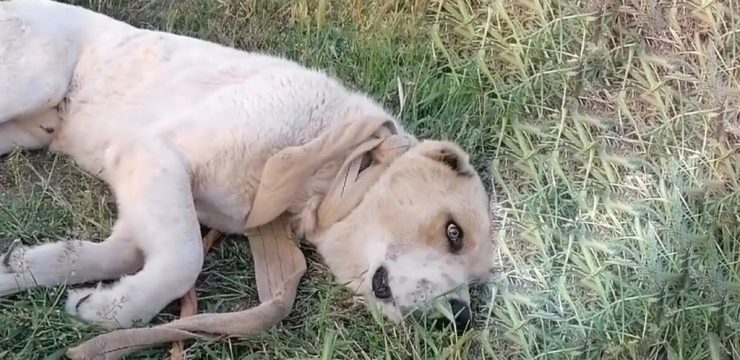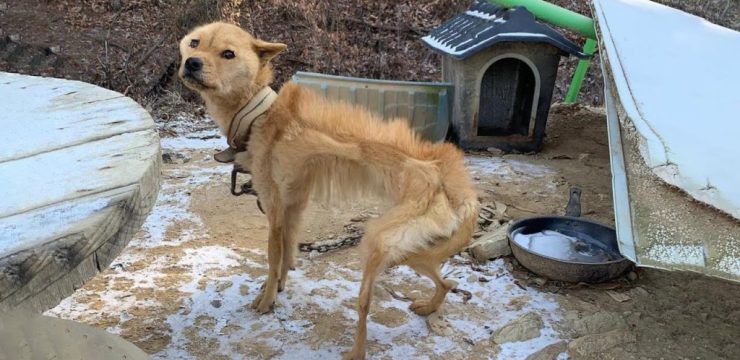In a picture filled with seemingly innocent faces, there’s one person hiding a secret—they’re a thief. But can you spot who it is? This isn’t just a simple guessing game; it requires sharp observation skills and attention to detail. Ready to put your detective skills to the test? Let’s break down the clues and find out who’s hiding in plain sight.

Who is the Thief? Deciphering the Clues
The setup of this puzzle may look straightforward, but don’t let it fool you. Three people stand before you, each appearing unsuspecting, but only one of them is guilty. This challenge isn’t about luck—it’s about observing subtle details, reading body language, and picking up on clues that go beyond the obvious. So, who among them has something to hide?

Common Pitfalls in Identifying the Culprit
It’s easy to jump to conclusions when presented with a puzzle like this, but here’s where most people go wrong:
- Trusting First Impressions: We’re often quick to judge based on appearances alone, but that’s rarely a reliable strategy in puzzles.
- Being Misled by Distracting Details: Some might assume the man (#2) is the thief because he’s the only male, while others might suspect the woman in the fur coat (#1) due to her unusual outfit.
- Missing Subtle Cues: This puzzle relies on small, often overlooked details, like slight gestures, unusual behavior, or odd clothing choices. Misreading these can easily lead to the wrong conclusion.
Now, with these common mistakes in mind, let’s take a closer look and solve this step-by-step.
Step-by-Step Guide to Solving the Puzzle
At first glance, each of the three individuals might seem innocent, but several clues point us in the right direction.
Step 1: Analyze the Weather and Outfits
Look at what each person is wearing. The scene implies warm weather, with two of the people dressed lightly. However, the woman identified as #1 is wearing a large, heavy coat, which stands out significantly. This attire is out of place and raises a critical question: what could she be hiding under that bulky coat?
Step 2: Observe Body Language
Beyond her outfit, the woman’s body language also provides clues. She has her hands in her pockets, a gesture that could indicate nervousness or a desire to conceal something. People who are trying to hide something often have closed-off body language, like keeping their hands in pockets or avoiding eye contact. Her posture, combined with the oversized coat, suggests she’s concealing something.
Step 3: Put the Clues Together
With the setting, attire, and behavior all considered, the woman in the heavy coat stands out for all the wrong reasons. The coat is impractical, her stance is reserved, and her body language indicates concealment. These clues make it clear that the woman in the coat—person #1—is indeed the thief.
The Psychological Tricks Behind This Puzzle
What makes this puzzle so challenging is how it plays on our assumptions. We tend to search for suspicious facial expressions or exaggerated actions, causing us to overlook small but meaningful details, like an odd outfit or closed-off posture. Here’s how this puzzle taps into common psychological tendencies:
- Misleading Appearances: We often assume that a guilty person will “look suspicious.” In reality, subtle cues, like clothing that doesn’t match the environment, often reveal more.
- Expectation of Complexity: Many people assume puzzles need a complicated answer, leading them to miss simple clues in plain sight. Here, the simplicity of the coat detail is often overlooked as people search for more intricate answers.
- Significance of Small Gestures: Our attention naturally goes to grand gestures, but in this case, small details—like hands in pockets or an oversized coat—hold the real answers.
Why Subtle Details Matter in Puzzles
This riddle serves as a reminder: sometimes the smallest details make the biggest difference. Puzzles like this encourage us to look beyond the obvious, teaching us that answers may lie in things that seem minor or out of place. In this puzzle, it wasn’t facial expressions or personalities that revealed the thief, but rather an unusual outfit choice and closed-off posture.
Share Your Experience!
Did you manage to spot the thief on your own, or did the step-by-step breakdown help you? If you guessed correctly, congratulations! This puzzle is designed to test you by blending ordinary appearances with one suspicious element. Share your answer and reasoning—did you fall into any of the common traps, or did you notice the coat right away?
Conclusion: The Art of Observation
Puzzles like this are more than just fun; they help us develop sharper observation skills and encourage us to question assumptions. In a world where snap judgments are often the norm, this riddle reminds us to slow down, pay attention, and dig deeper for answers.
If you enjoyed this challenge, keep practicing with similar puzzles. Each one will help you refine your critical thinking and observation abilities, making you even better at noticing those little details that make all the difference.





